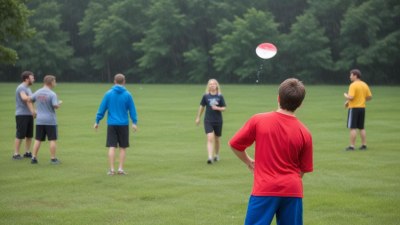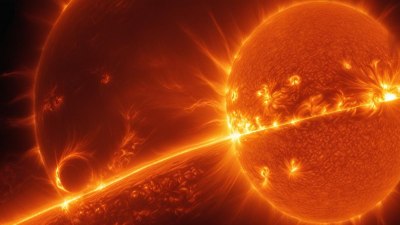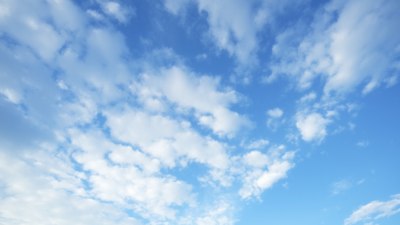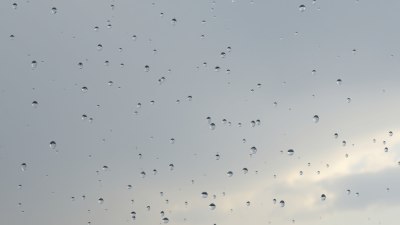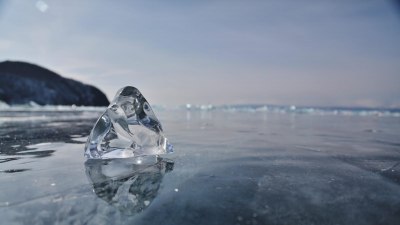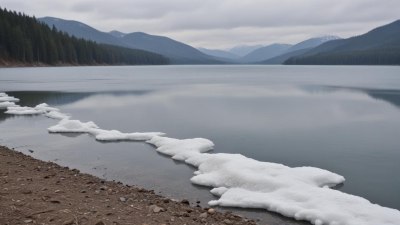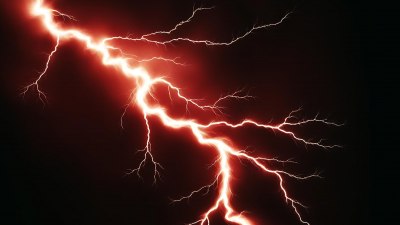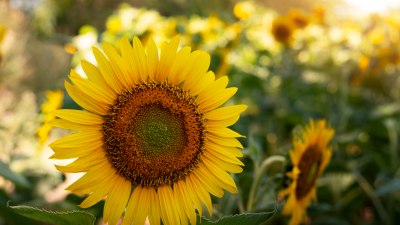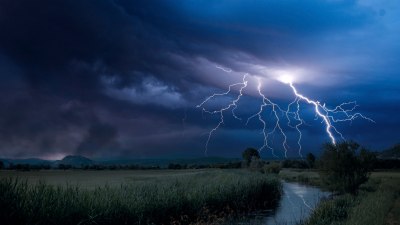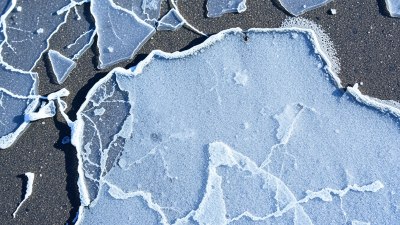The Difference Between Frost and Dew
Explore the key differences between frost and dew, their formation, and their impact on the environment.
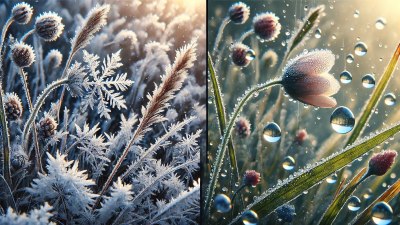
This image was created with the assistance of DALL·E
Understanding the difference between frost and dew is crucial for a comprehensive grasp of meteorological phenomena and their effects on various ecosystems. Both frost and dew are associated with moisture in the atmosphere, however, they manifest under different environmental conditions. This article will delve deep into the science behind these two phenomena, exploring their formation processes, intriguing characteristics, and their implications for both nature and human activities.
What is Dew?
Dew forms when water vapor in the air condenses into liquid water droplets on surfaces as temperatures drop at night. This process typically occurs when the humidity level is high, and temperatures cool down sufficiently to reach the dew point. The dew point is the temperature at which air becomes saturated with moisture: when the air cools to this temperature at night, water vapor in the air begins to condense. Dew is often seen on grass, leaves, cars, and other surfaces in the morning.
Conditions for Dew Formation
The formation of dew is influenced by several factors, including temperature, humidity, and surface characteristics. High humidity levels are crucial; if the air is dry, even if temperatures drop overnight, there may not be sufficient moisture present to create dew. Clear skies on calm nights also lead to dew formation, as there is no cloud cover to retain heat, allowing the temperature to fall more rapidly. Additionally, surfaces that cool quickly, such as grass or metal, are more likely to collect dew.
What is Frost?
Frost, on the other hand, forms when water vapor in the air freezes upon contact with cold surfaces. This occurs when temperatures fall below freezing (0 degrees Celsius or 32 degrees Fahrenheit). When the air temperature drops overnight, and humidity is still high, moisture can crystallize directly onto surfaces, leading to the formation of frost. The result is a beautiful, icy coating that can form on grass, leaves, and other outdoor surfaces, often creating a picturesque winter scene.
Conditions for Frost Formation
Differences Between Frost and Dew
While both frost and dew involve the condensation of water, they differ significantly in their physical states and formation processes. Firstly, the primary difference lies in temperature: dew forms when temperatures are above freezing and water vapor condenses into liquid droplets, whereas frost forms when temperatures are below freezing and water vapor crystallizes. Additionally, dew tends to be more common in the warmer months when humidity levels are high, while frost is generally associated with colder seasons.
Visual Appearance
Dew is characterized by glistening droplets of water that typically appear in the early morning. These droplets can create a shimmering effect on grass and leaves, often reflecting sunlight beautifully. Conversely, frost gives surfaces a white or crystalline appearance, transforming landscapes into winter wonderlands. The way both phenomena visually present themselves can significantly affect the aesthetic qualities of gardens and natural areas.
Impacts on Agriculture
Both dew and frost have substantial implications for agriculture. Dew can be beneficial; the moisture helps provide water to crops and plants that may not have sufficient soil moisture, particularly in arid climates. Farmers often anticipate dew as a natural irrigation source, especially for crops like grapes that thrive in humid conditions.
Frost Risks
Frost, however, poses risks to agricultural activities. When frost forms on crops, it can cause significant damage, particularly to young plants and fragile crops. Certain plants, such as tomatoes and peppers, are particularly sensitive to frost. Farmers must monitor weather forecasts closely and sometimes take precautions by using frost covers or heaters to protect sensitive crops during unexpected frost events.
Effects on Ecosystems
Both dew and frost play vital roles in different ecosystems. Dew can help maintain soil moisture levels, which supports various plant life. In ecosystems with high humidity levels, dew can form a crucial aspect of the water cycle and contribute to local biodiversity. Conversely, frost influences the seasonal rhythms of plant and animal life in colder climates. Many plants enter dormancy as temperatures drop and frost starts to become frequent, impacting the entire ecosystem's dynamics.
Scientific Studies and Observations
Scientists study dew and frost formation to improve weather forecasting models and understand climate impacts better. For example, dew point measurements are vital for predicting condensation and fog occurrences, which can significantly affect transportation and safety. Studies on frost can help assess agricultural vulnerabilities to climate change, where unpredictable temperature fluctuations can lead to unexpected frosts and affect food production systems.
Conclusion
In summary, while frost and dew originate from the same moisture resource in the atmosphere, they manifest under different conditions and have distinct impacts on the environment. Understanding the characteristics and formation processes of both phenomena provides valuable insights into meteorology and agricultural practices. By recognizing the benefits of dew and the risks presented by frost, individuals, especially those in agriculture, can better adapt to varying climate conditions. As climate change continues to alter weather patterns, comprehending these elements becomes increasingly essential for ensuring sustainable practices and safeguarding crops.
